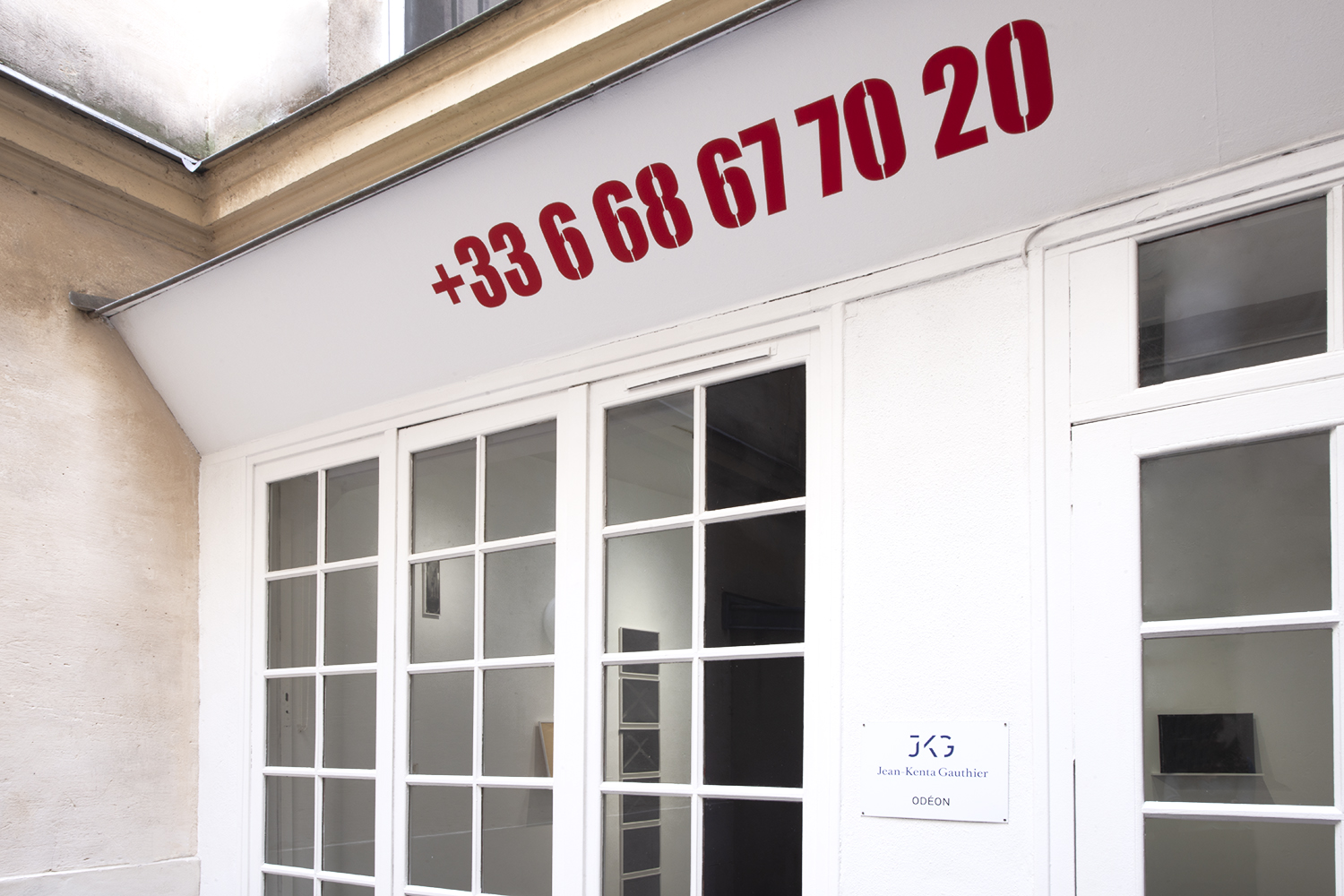
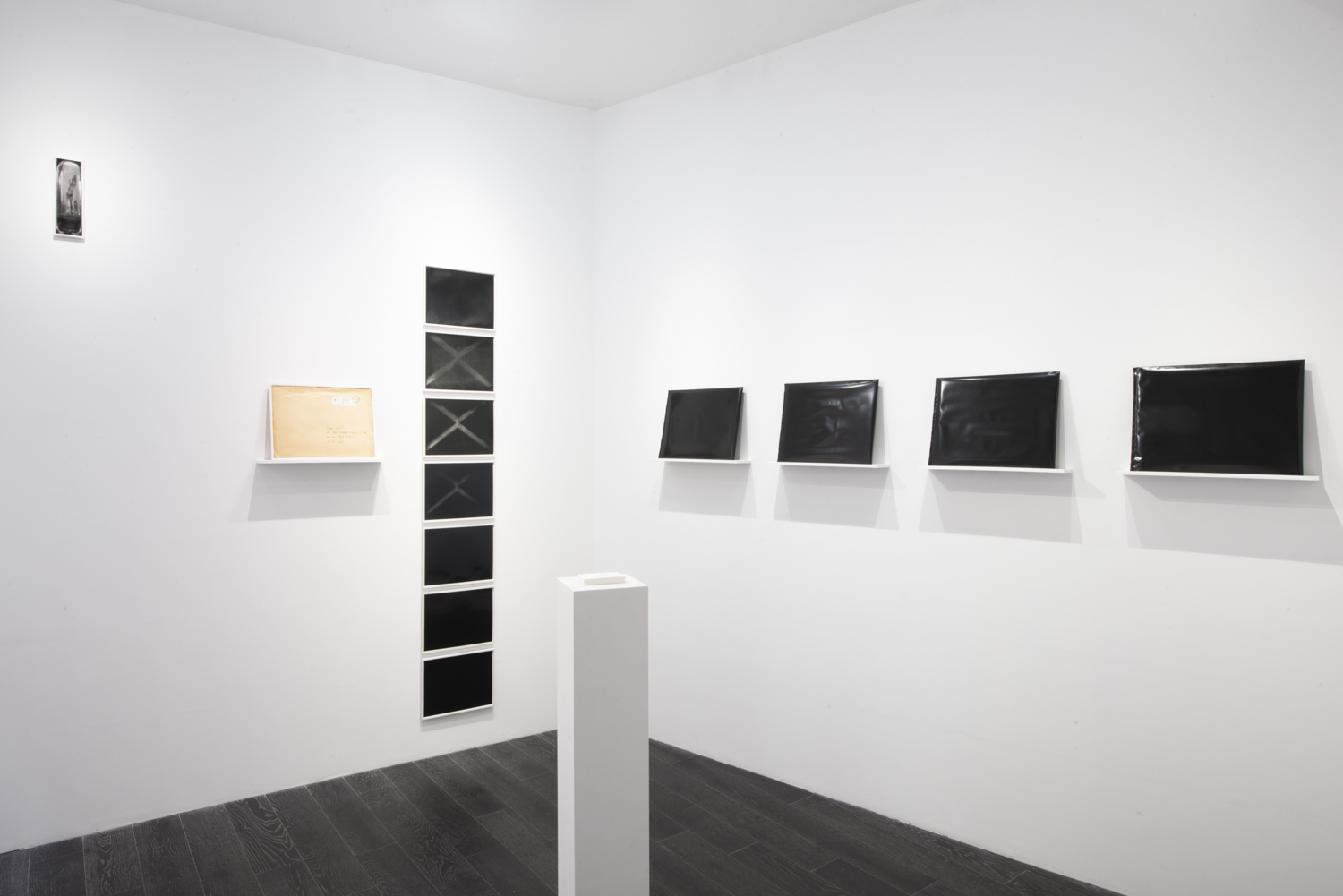
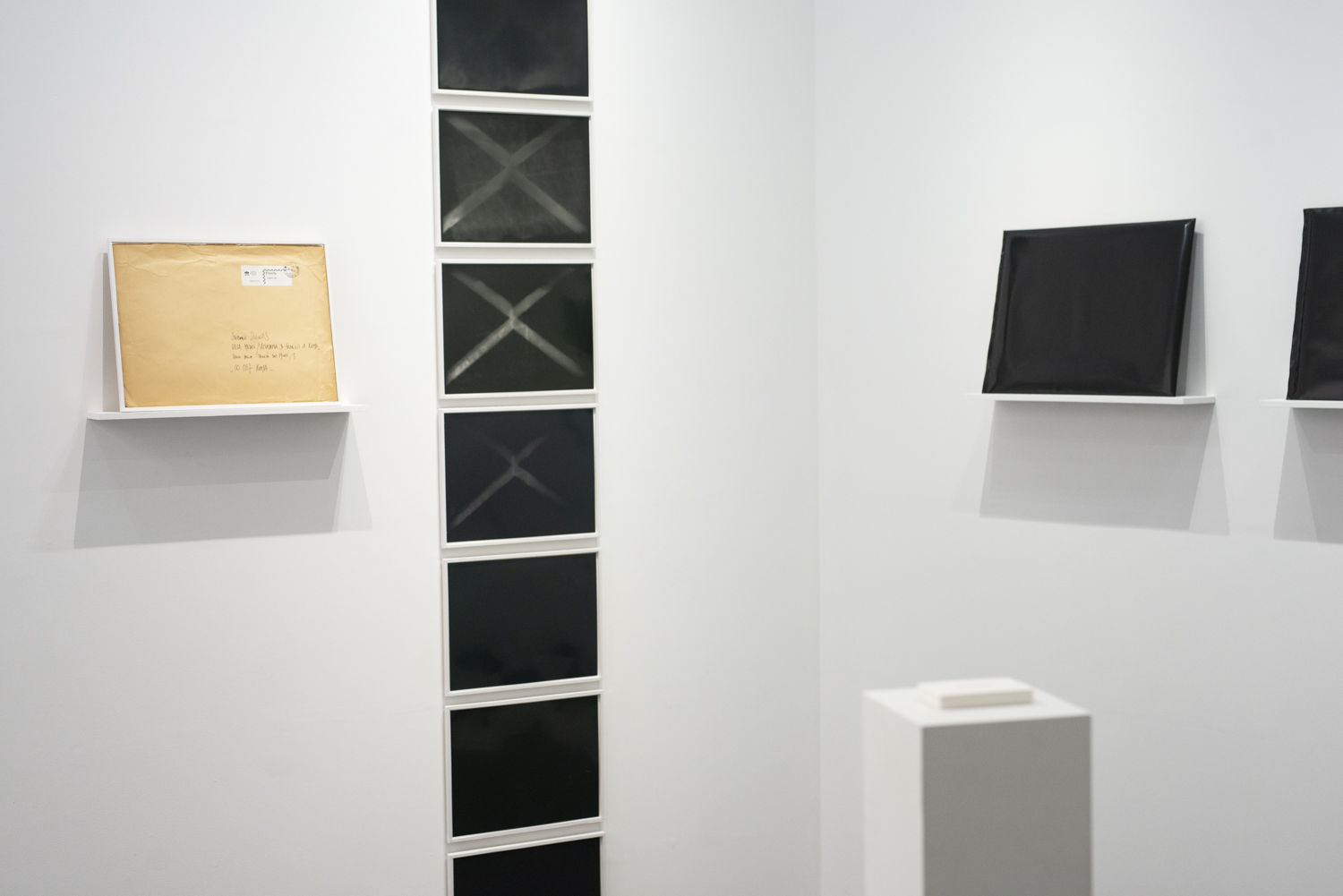
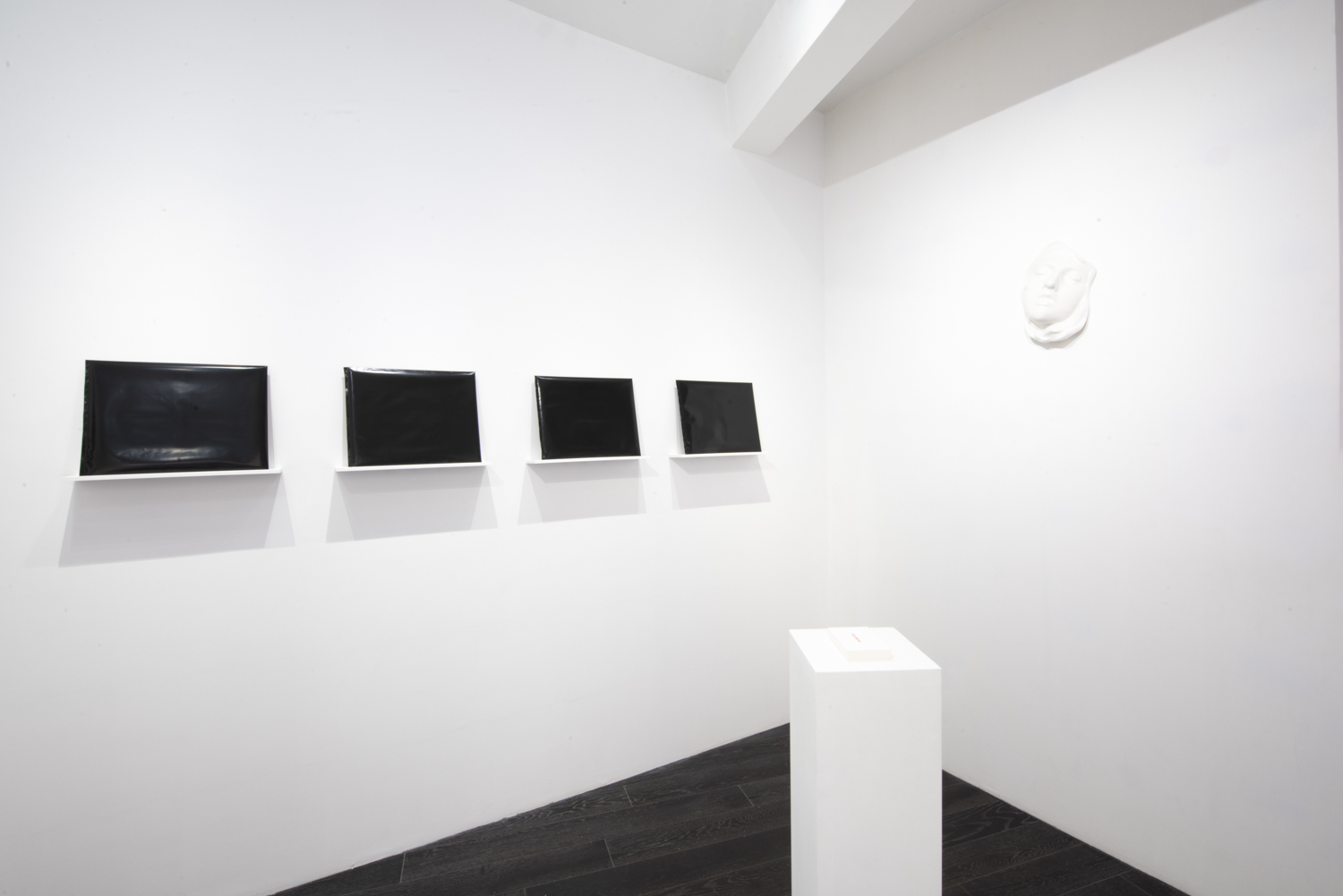
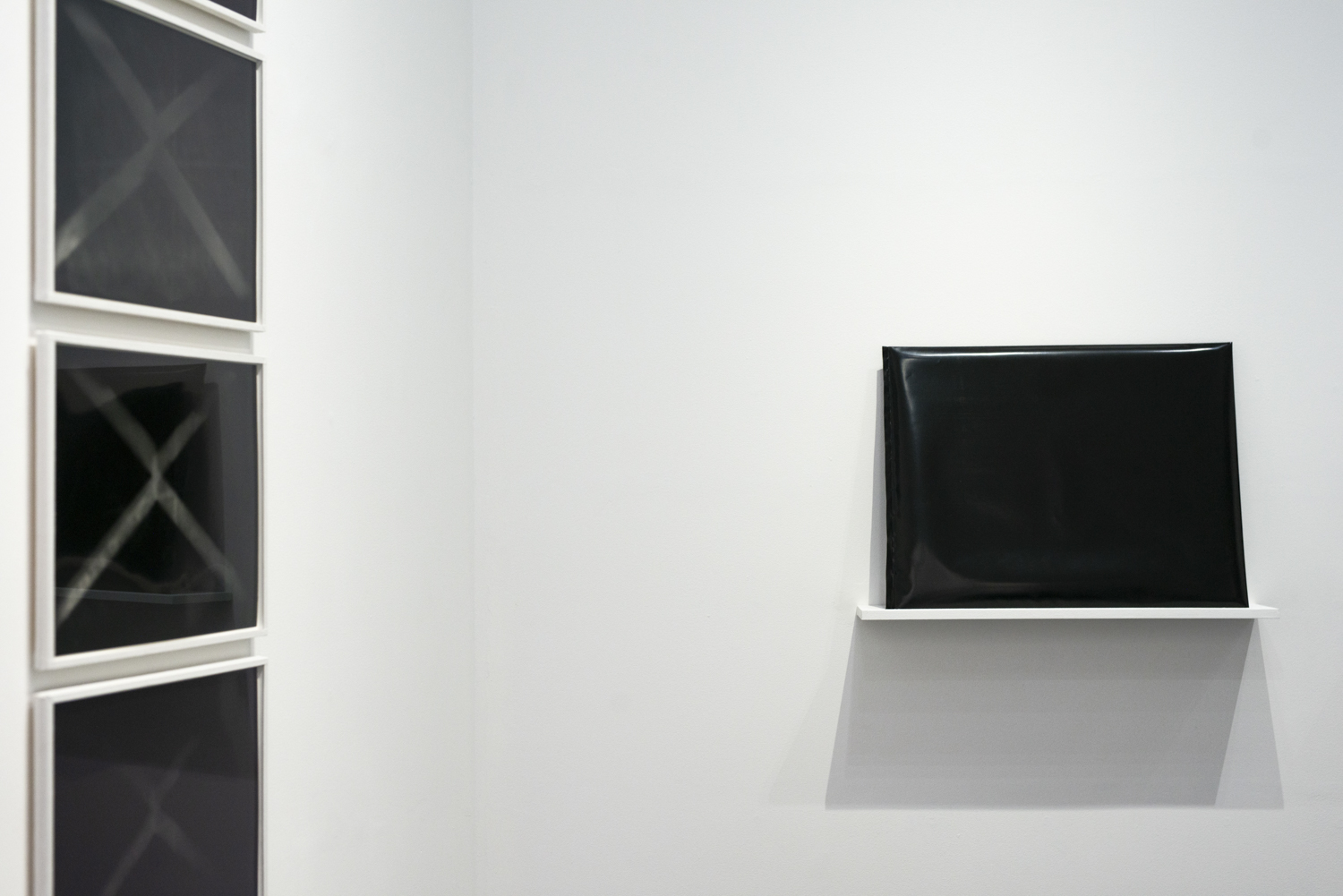
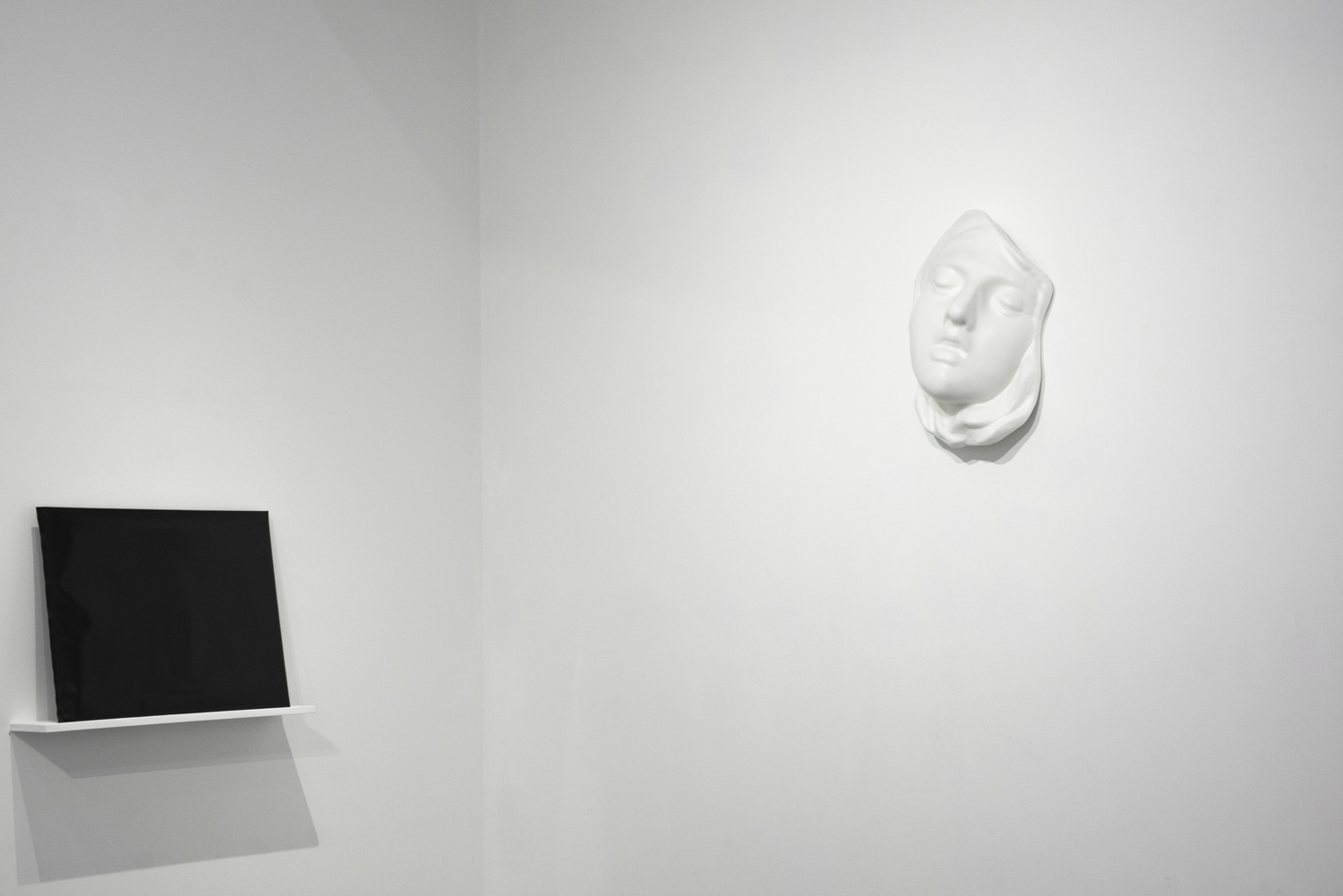
L'Épreuve du monde [Testing the World]
Jean-Kenta Gauthier / Odéon
Jean-Kenta Gauthier Odéon
5 rue de l'Ancienne-Comédie 75006 Paris
Opening: Wednesday 26 April, 6 - 8 pm
Hours: Wed - Sat, 2 - 7 pm
During her 2018 residency at the Villa Medici, the French Academy in Rome, Stéphanie Solinas (b. France in 1978, lives in Paris) has been granted access to the Vatican's Secret Archives for consultation over several weeks. For the artist, whose projects require lengthy preparatory research, photography is a privileged field which, through its history, allows her to exploit the links between the visible and the invisible, science and belief. Naturally, the Vatican was a prime candidate. So before leaving, Stéphanie Solinas made a gesture as if to preserve a trace of her passage: she slipped seven sheets of blank photosensitive paper into a Kraft envelope, repeated the operation four times, entrusted the five envelopes to the Vatican's Central Post Office and addressed them to herself at the Villa Medici.
She received these letters a few days later, at different times, and developed the contents of the first one on the spot, as if it had to be verified. Several times during their transport, the seven stacked sheets were exposed to the light filtered by the thin paper envelope. As the exposure acted directly by contact, the white and black values were reversed. The sheets in the middle, which were the most protected from the light, bore the trace of the folds of the envelope. Those on top were completely veiled. The other four envelopes were carefully preserved by Solinas, away from the light.
Mail art, an art form popularised in the 1960s by Fluxus in particular, is one of displacement, often a commentary on the world order and communication, whose usual economy of means is inversely proportional to the extent of the distribution network it exploits. Mail art is fully accomplished when the journey made by the mailed object allows the work itself to be produced. Stéphanie Solinas' Virgin/Fogged (2018) is a case study of this art form. It is also photographic mail art since the metaphor of the journey comes from the light that has permeated the paper. And at a time when digital exchanges are the new norm, which has naturally led to the evolution of mail art toward a dematerialised form, Stéphanie Solinas has here justified the use of physical mail. From the Vatican to the Villa Medici, these envelopes and their contents have seen the light of day, crossed a border, tested the world.
Testing the World, Stéphanie Solinas' first solo exhibition at the gallery, brings together four works that question our relationship to knowledge of the world and of ourselves. The exhibition is about what we grasp and what resists us, what escapes us. These works are part of The Unexplained, one of the vast investigations that the artist, who likes to group her research under specific names, has been conducting since 2015. This is also the first time that the five Virgin/Fogged envelopes are presented and, alongside the copy with revealed contents, the other four are shown sheltered from the world in impenetrable black sleeves. It is up to each purchaser to decide whether to preserve the mystery or to reveal it by asking the artist to develop and fix the content. With Stéphanie Solinas, the process is often just as important as the result. This also applies to the purchaser, who can change the final form of the work.
On arrival, the visitor notes the telephone number over the gallery window: +33 6 68 67 70 20, "You have reached the Bureau des miracles [Bureau of Miracles]. [...] The Bureau of Miracles operates exclusively by SMS." A project initiated by Stéphanie Solinas in 2020, The Bureau of Miracles is a dematerialised recording office that anyone who has witnessed what they consider to be a miracle can send their story to, in writing. The contributors will thus join a community of fellow miracle subjects. Beyond the telecommunication network and the persistence of a mystery, the link with Virgin/Fogged lies in the intimate nature of the operation. The Bureau of Miracles is a matter of confidence, like the letters that Stéphanie Solinas discreetly sent to herself. When do we send ourselves messages? Perhaps when we want to be sure not to forget, or to remember that we exist. Like a secret you tell yourself, knowing that by leaving a trace, the message will probably be made public one day. A bit like a testament.
The presentation of Virgin/Fogged is accompanied in the exhibition by a single figurative photograph, and it is this very characteristic that this work questions. Galileo's Right Index (The Unexplained — Revenants #32) (2018) is a photographic reproduction of the relic of Galileo's right index finger, kept in the eponymous museum in Florence. The founder of modern science, Galileo had also been a temporary inhabitant of the Villa Medici in 1633 during his trial by the Church. So by sending her envelopes to the Villa Medici, Stephanie Solinas was mischievously addressing the memory of the Church's provocateur with content revealed by light. If the notion of index in photography consists in considering that every photographic image has as its referent an object in the world, Galileo's Right Index casts doubt on this definition. Not only because the tool used — the camera that is said to have belonged to Thérèse de Lisieux, the most photographed Catholic saint in history, which Stéphanie Solinas used to make the Revenants series — carries a spiritual dimension, but also because relics often call for faith. With her project Dominique Lambert (2010), Stéphanie Solinas had already questioned the relationship between a subject and its representation, an articulation that forces photography to represent only the surface of things. With Galileo's Right Index, however, it is the inside of the finger, what remains under the layer of skin, that is shown.
The skin is an envelope, it is what others usually see of us, what allows our contact with the world, what separates the inside of our body from the outside world. French writer Balzac had even developed his Theory of Spectres according to which every body in nature is composed of an infinite series of superimposed layers, so that each representation, each photograph subtracts a layer of spectrum. Veil of Ecstasy (2018) materialises this theory. The sculpture, which Stéphanie Solinas likes to say is 'to be caressed', is a reproduction of the face of Teresa of Avila sculpted around 1650 by Bernini, the original of which can be seen in Rome. A 16th century mystic and major figure in Christianity, Teresa of Avila is said to have experienced ecstasy, finding herself transported out of herself, removed from the modalities of the sensitive world. The face is here covered with a thin silicone skin that can be removed. Performing this gesture is an unveiling. It is a bit like opening the protected envelopes of Virgin/Fogged, with the difference that in full light, those papers would experience the world and be forever veiled.
— Jean-Kenta Gauthier, April 2023